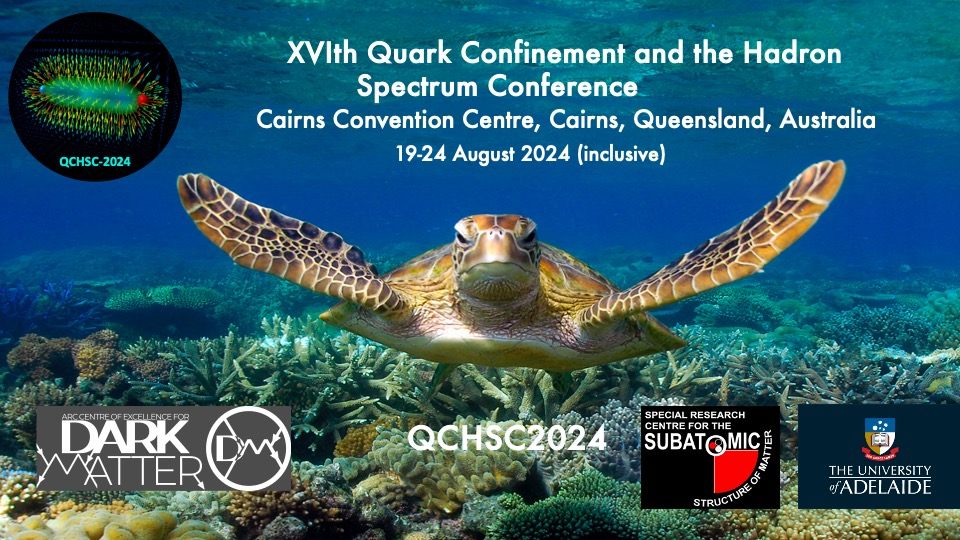Speaker
Description
Neutron scattering off neutron halos can provide important information about the internal structure of nuclei close to the neutron drip line. In this work, we use halo effective field theory to study the $s$-wave scattering of a neutron and the spin-parity $J^P=\frac{1}{2}^+$ one-neutron halo nuclei $^{11}\rm Be$, $^{15}\rm C$, and $^{19}\rm C$ at leading order. In the $J=1$ channel, the only inputs to the Faddeev equations are their one-neutron separation energies. In the $J=0$ channel, the neutron-neutron scattering length and the two-neutron separation energies of $\rm ^{12}Be$, $\rm ^{16}C$ and $\rm ^{20}C$ enter as well. The numerical results show that the total $s$-wave cross sections in the $J=1$ channel at threshold are of the order of a few barns. In the $J=0$ channel, these cross sections are of the order of a few barns for $n$-$^{11}\rm Be$ and $n$-$^{19}\rm C$ scattering, and about 60 $\rm mb$ for the $n$-$^{15}\rm C$ scattering. The appearance of a pole in $p\cot\delta$ close to zero in all three cases indicates the existence of a virtual Efimov state close to threshold in each of the $^{12}\rm Be$, $^{16}\rm C$, and $^{20}\rm C$ systems. Observation of this pole would confirm the presence of Efimov physics in halo nuclei. The dependence of the results on the neutron-core scattering length is also studied.
